Say Hello!
Sign In
- Health and Safety
The Guide To Staying Healthy At High Altitude Treks
Excited about your upcoming Himalayan trek? Don't trek the threat of Acute Mountain Sickness dampens the high. While it is quite common to experience AMS at high altitudes if not properly acclimatized, there are a few things that can reduce the chances of your getting sick.
Firstly, what is it? Anything above 8,000 ft. is considered as high altitude. This is the height where at atmospheric pressure begins to drop considerably i.e., oxygen molecules are more dispersed. What does this mean? It means that with every breath you take, there's less amount of oxygen reaching your lungs. The body adjusts to this by breathing harder. And while climbing, the short breathing leads to a higher amount of carbon dioxide in your blood. When the carbon dioxide build-up moves beyond your body's tolerance, the body takes a fall. This is Acute Mountain Sickness, which, if left unchecked, can escalate to HAPE or HACE in a matter of minutes.
Now, how to recognize the symptoms? Headache, nausea, sleeplessness, poor appetite and dizziness are telltale signs of AMS. It is essentially your body's poor response to a higher altitude and shortage of oxygen.
High Altitude Pulmonary Edema (HAPE):
refers to the accumulation of fluid in the lungs, symptomized by troubled breathing, severe breathlessness (even while resting), and dry cough. Very fatal if descent is delayed.
High Altitude Cerebral Edema (HACE):
refers to the accumulation of fluid in the bran, leading to cranial pressure. Symptomized by poor / loss of coordination, confusion, difficulty handling simple tasks, and mental impairment. Again, HACE is fatal if no quick action is taken.
Here are a few points on how to keep the risk of AMS at bay.
Gradual Ascents
Start slow, and pace yourself comfortably while trekking. A slow ascent gives your body more time to acclimatize to the high altitude. You may be tempted to move quickly (depending upon your fitness), but in the mountains, slow is the way to go. Make sure you're drinking enough water throughout the trek. One way to check if you're dehydrated is to check the color of your pee. If it is yellow, you need to up your water intake. Transparent pee is a good indicator.
Climb High, Sleep Low
As a thumb rule while trekking, camp/sleep lower than the highest altitude you've gained during the day. This enables better acclimatization. Acclimatization walks are meant for this exact purpose.
Diamox
If you're going for a very high altitude trek, it is advisable to go on a course of Diamox prior to the start of your trek. On the other hand, if you feel you've been hit by AMS, consult your trek leader for further instructions. But remember, there's no other cure to AMS than descending.
Fitness Check
Improve your aerobic and cardiovascular endurance by jogging, cycling or swimming regularly. This ensures that your body reacts well to lower oxygen supply at high altitudes. Improve and maintain the iron level in your blood by eating healthier.
Treatment
Acetazolamide
Diamox works as both, a preventive measure as well as a curative measure. Like the former, it reduces your chances of being hit by AMS if taken regularly. Like the latter, the medicine only slows down the effects of AMS, giving the trekker more time to descend. It cannot cure AMS. One may also confuse AMS with dehydration, as their symptoms are similar. In this case, drink one liter of water and pop in a Disprin. If symptoms persist even after an hour, you've been hit by AMS. Descend immediately.
Dexamethasone
This steroid is an alternative for those who are sensitive to Diamox. While it does help in relieving swelling and reducing the accumulation of fluid, it does not facilitate speedy acclimatization. It is also unsafe for prolonged use. Check with your doctor before even considering Dexamethasone.

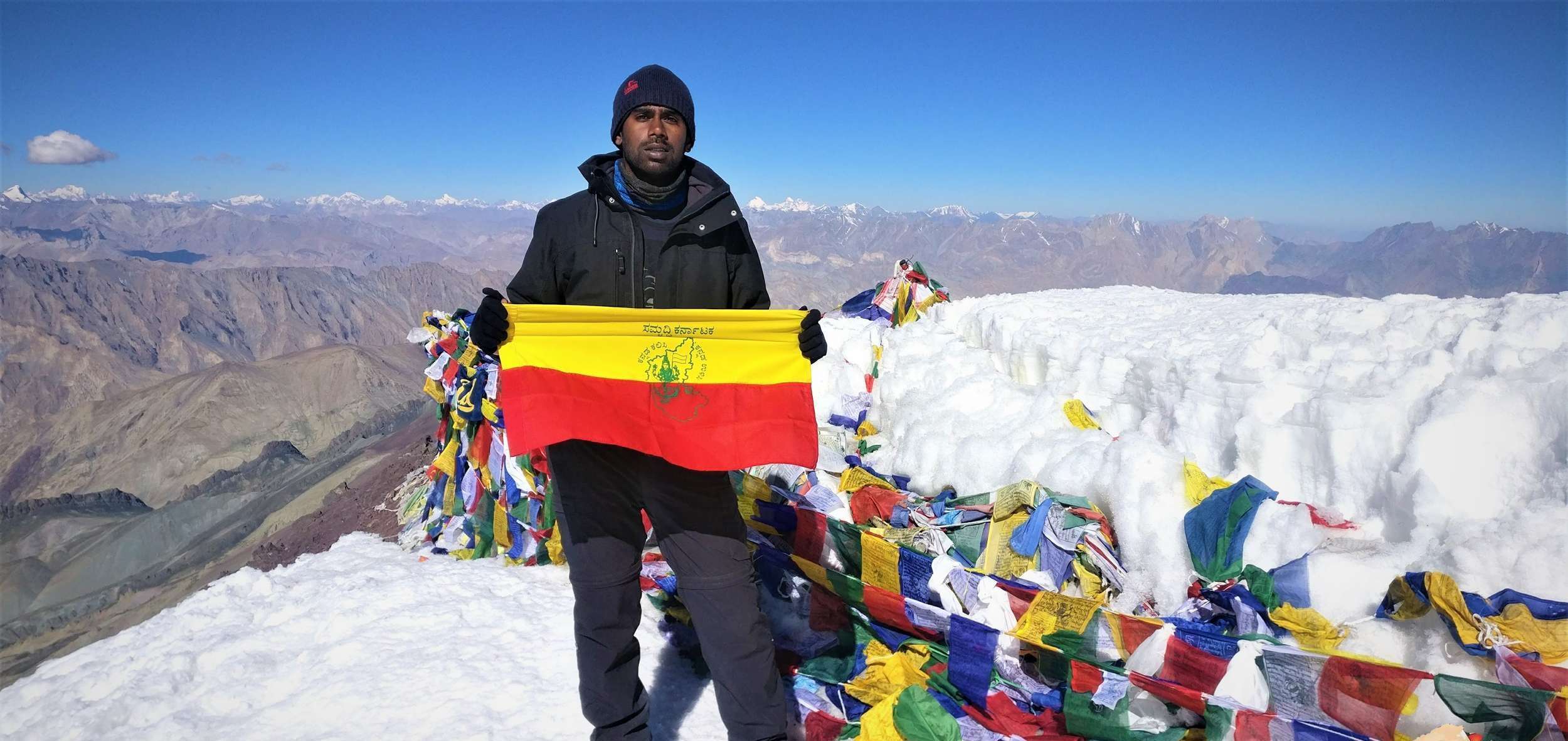
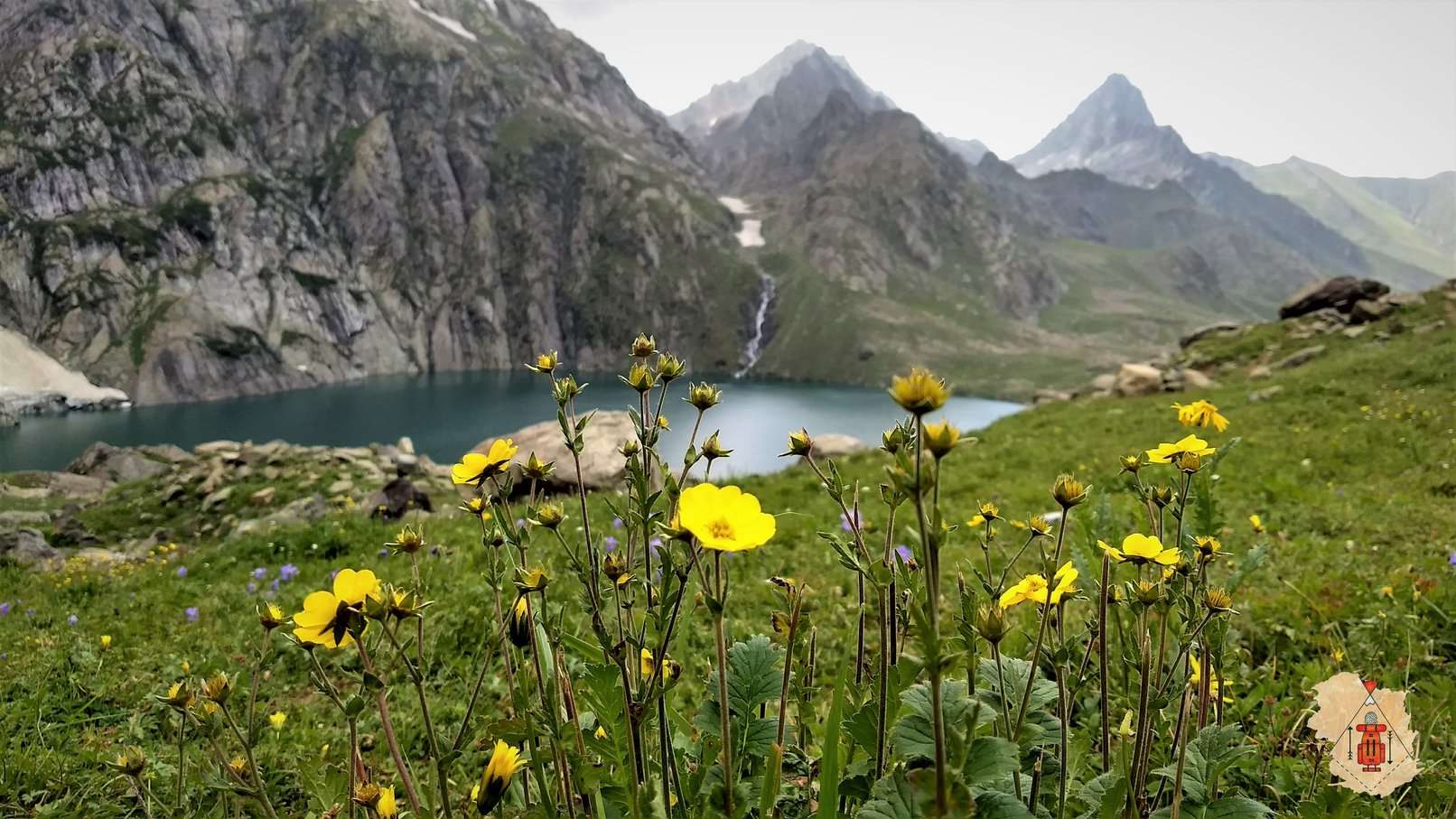
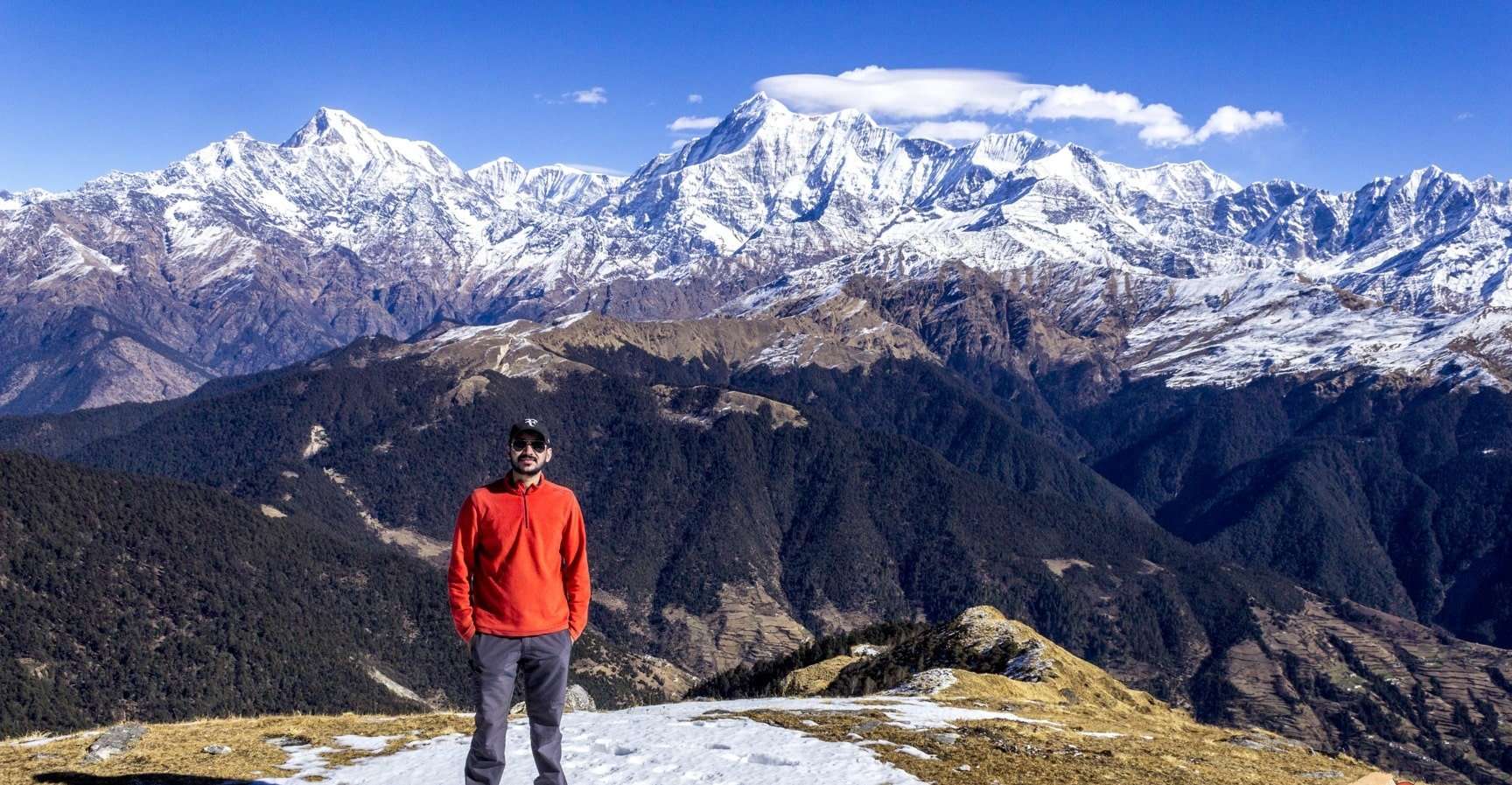
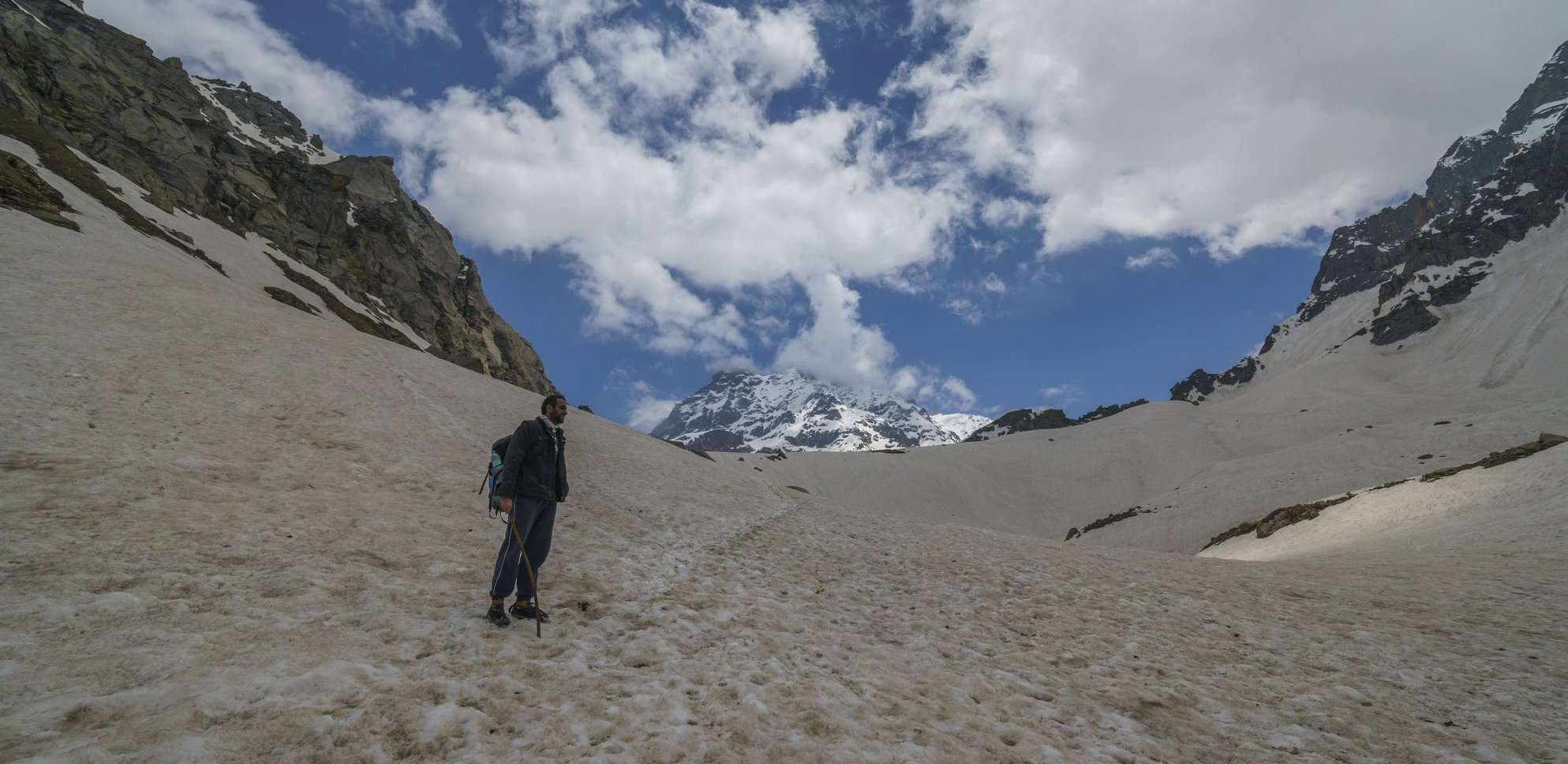
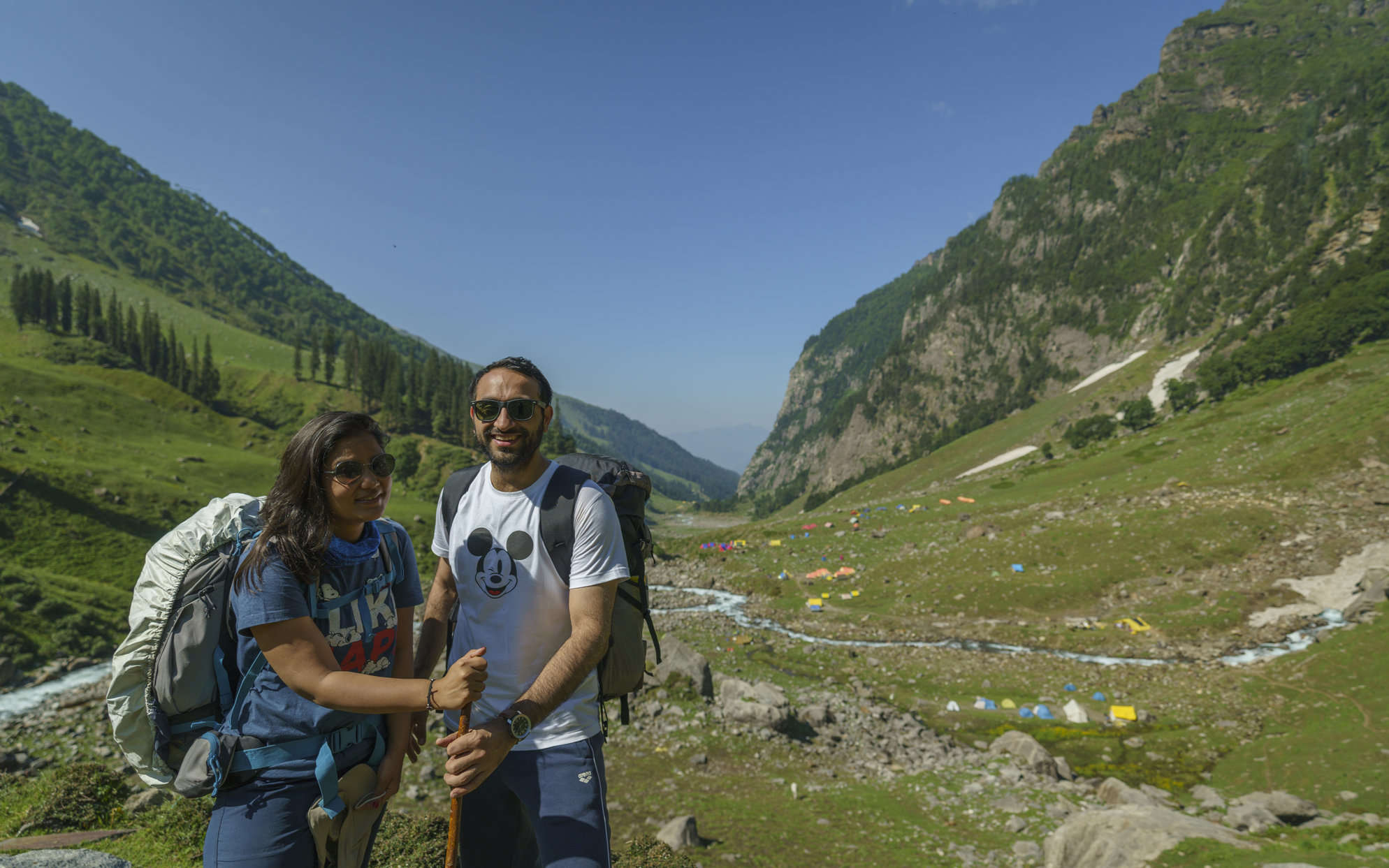
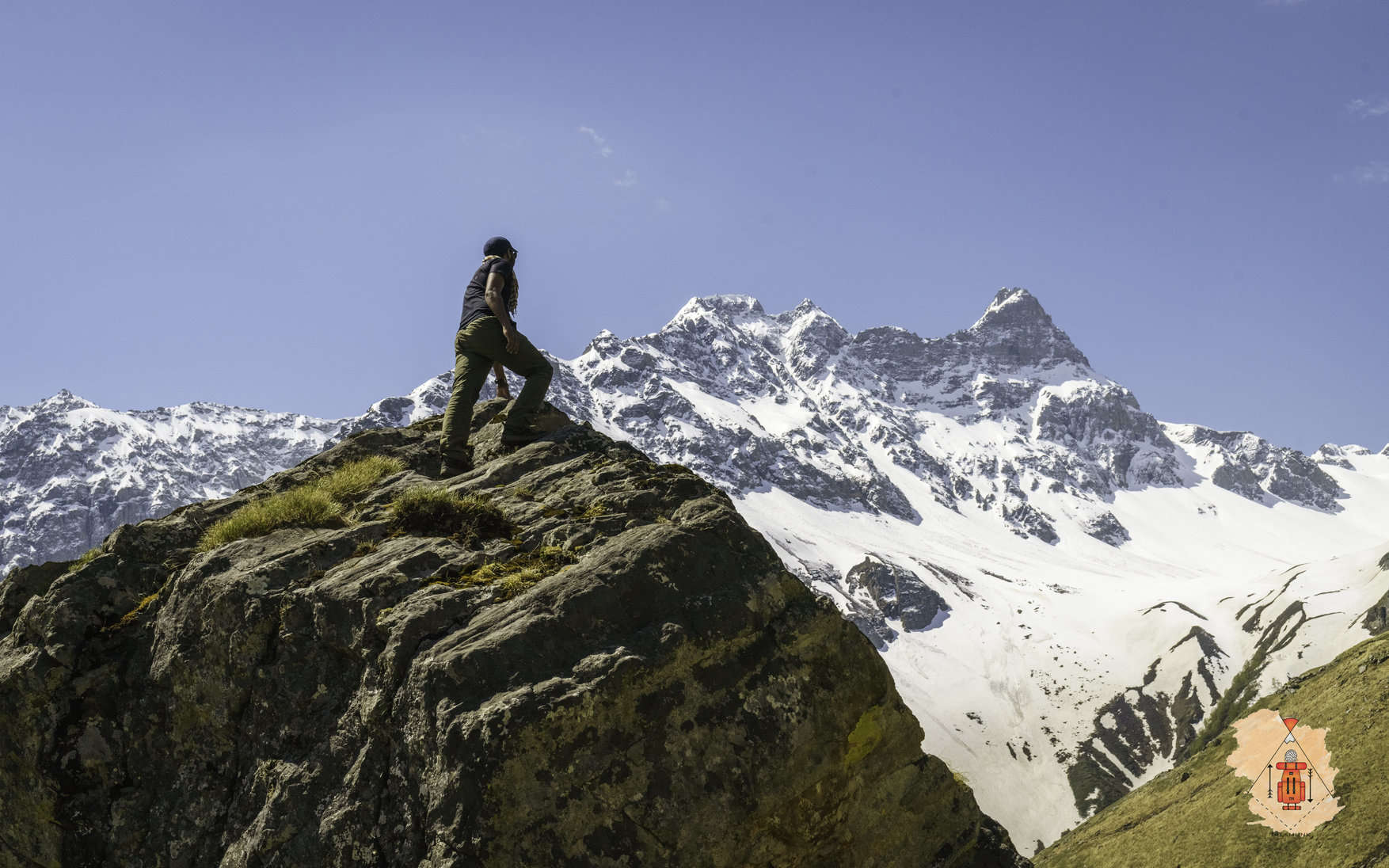

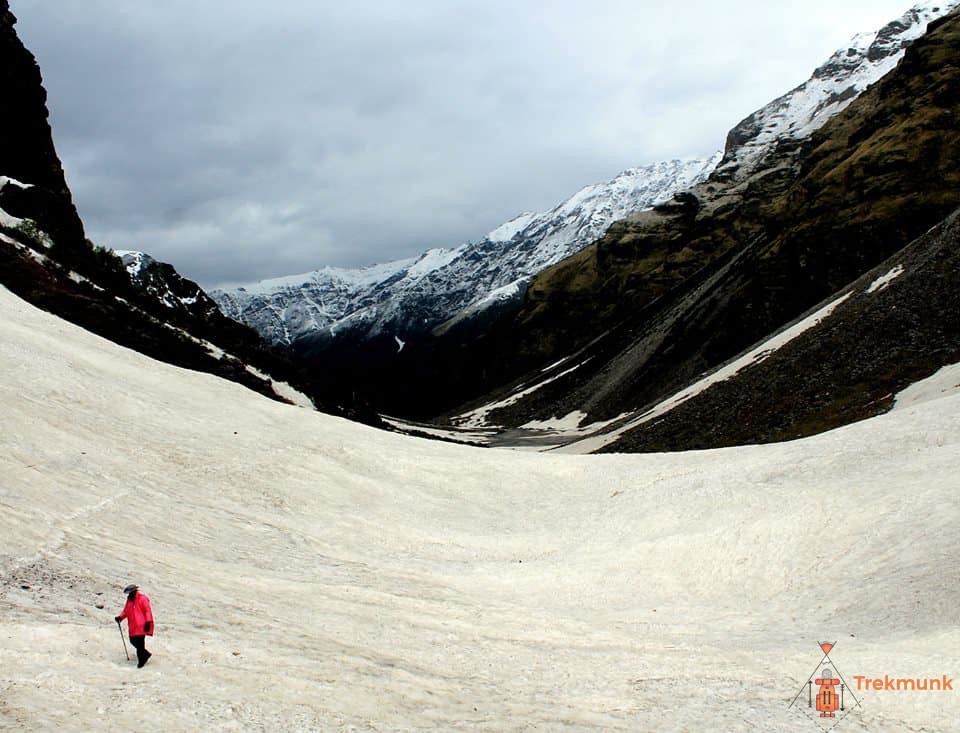
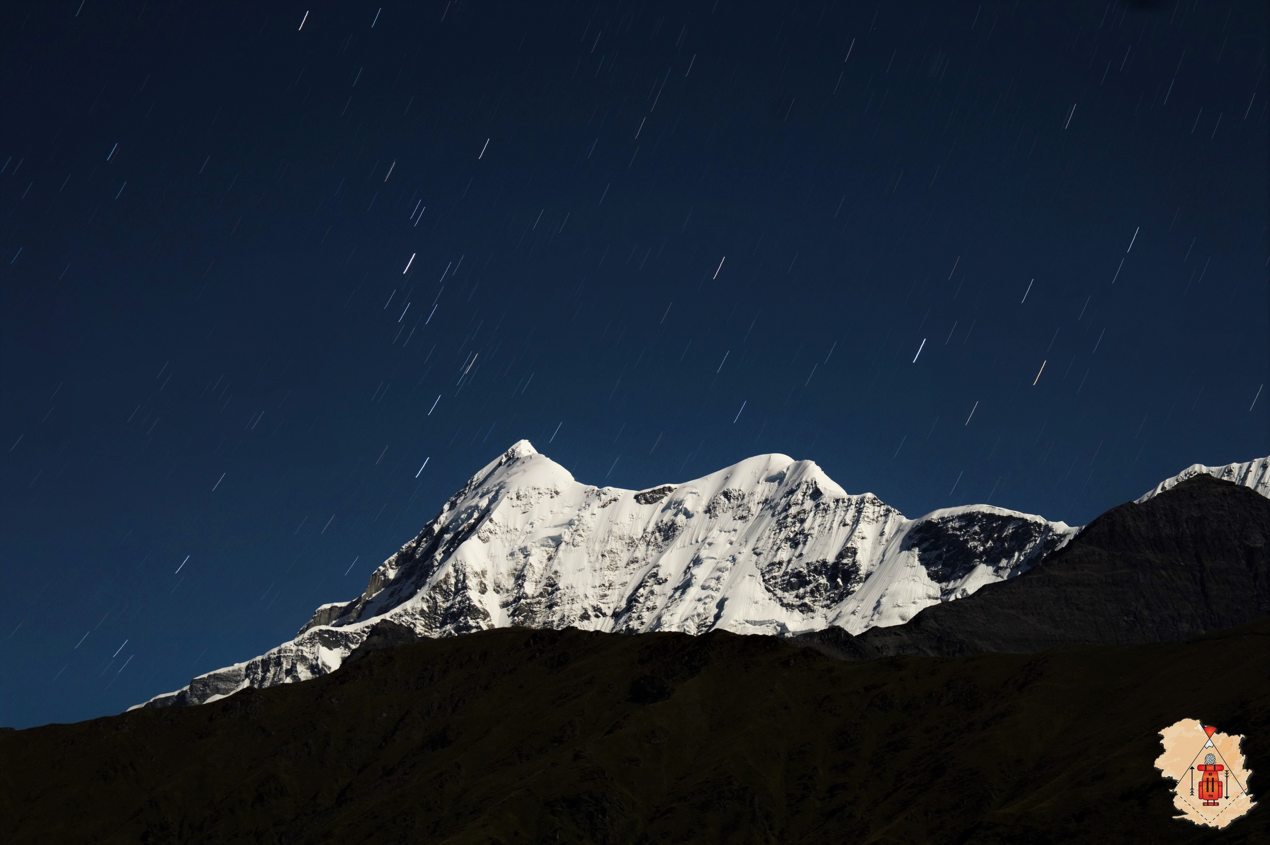
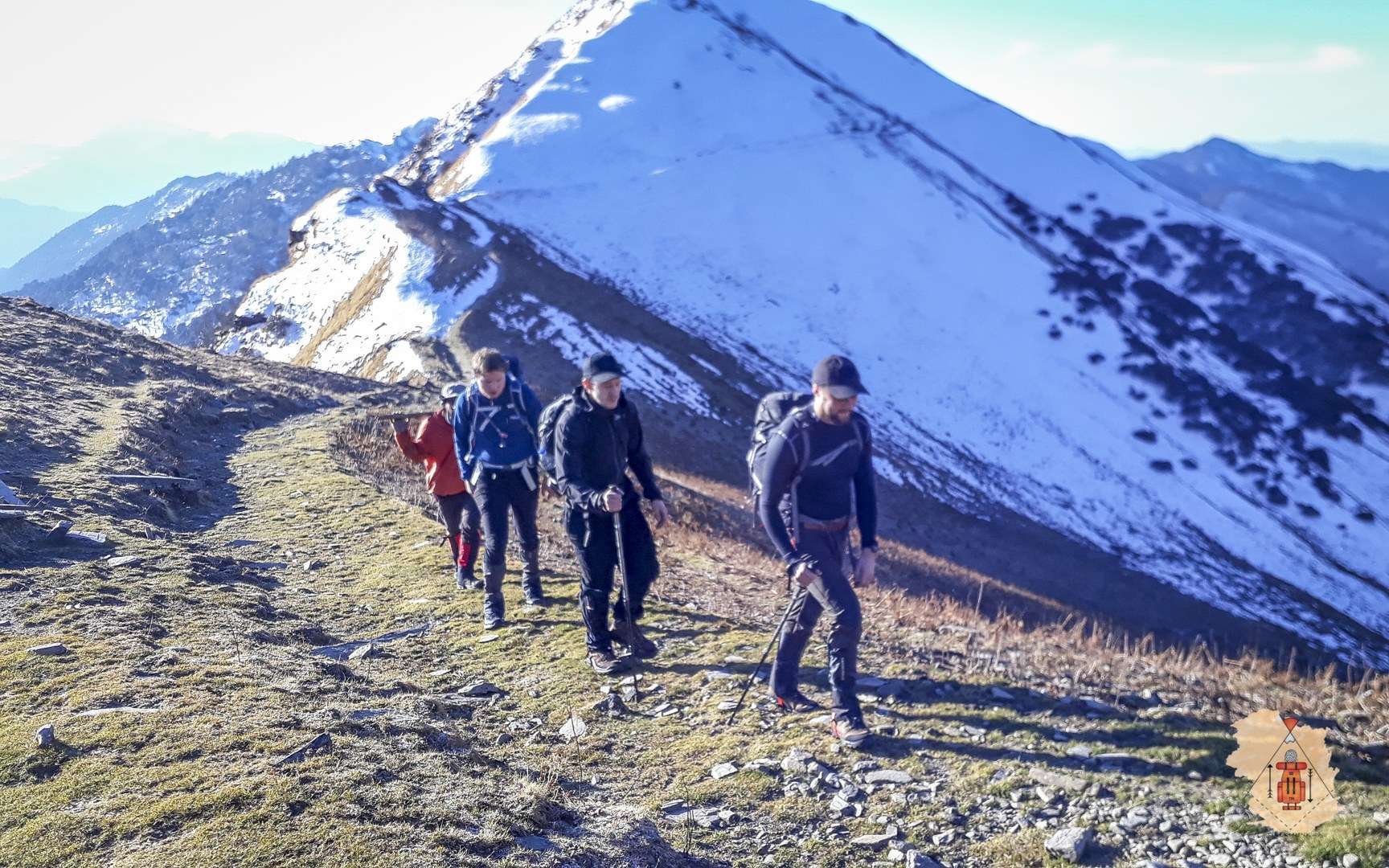
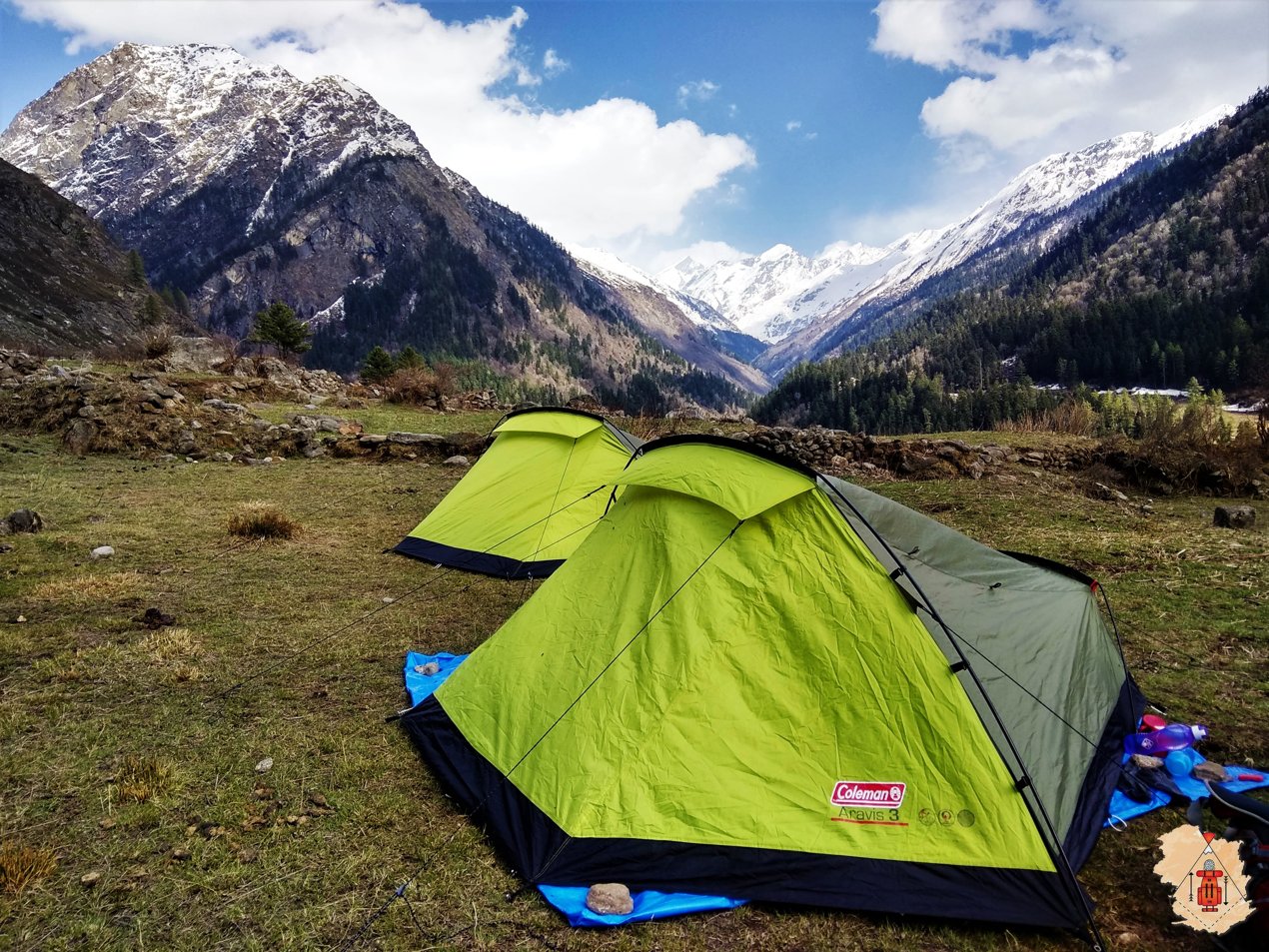
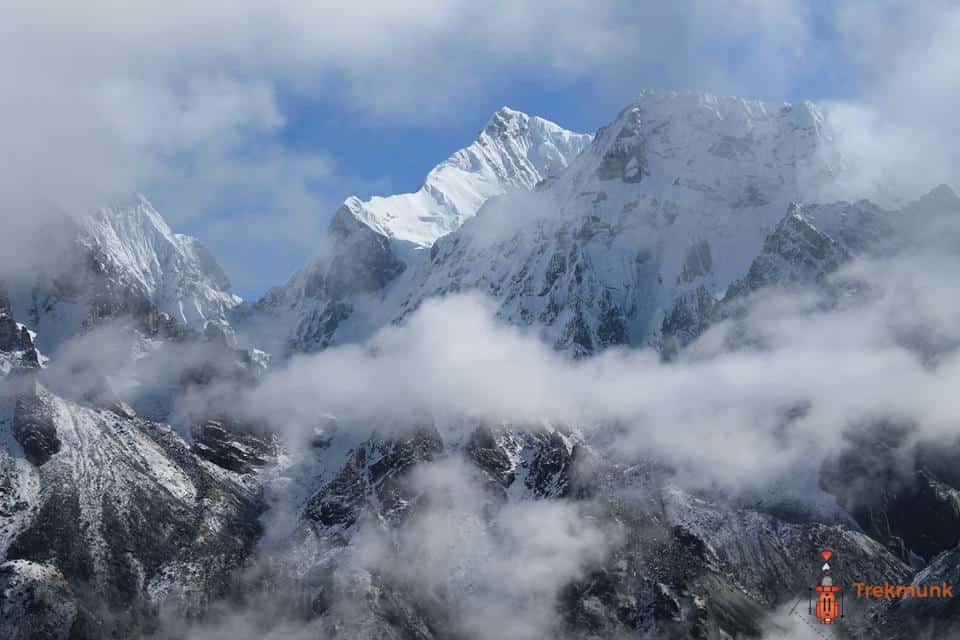
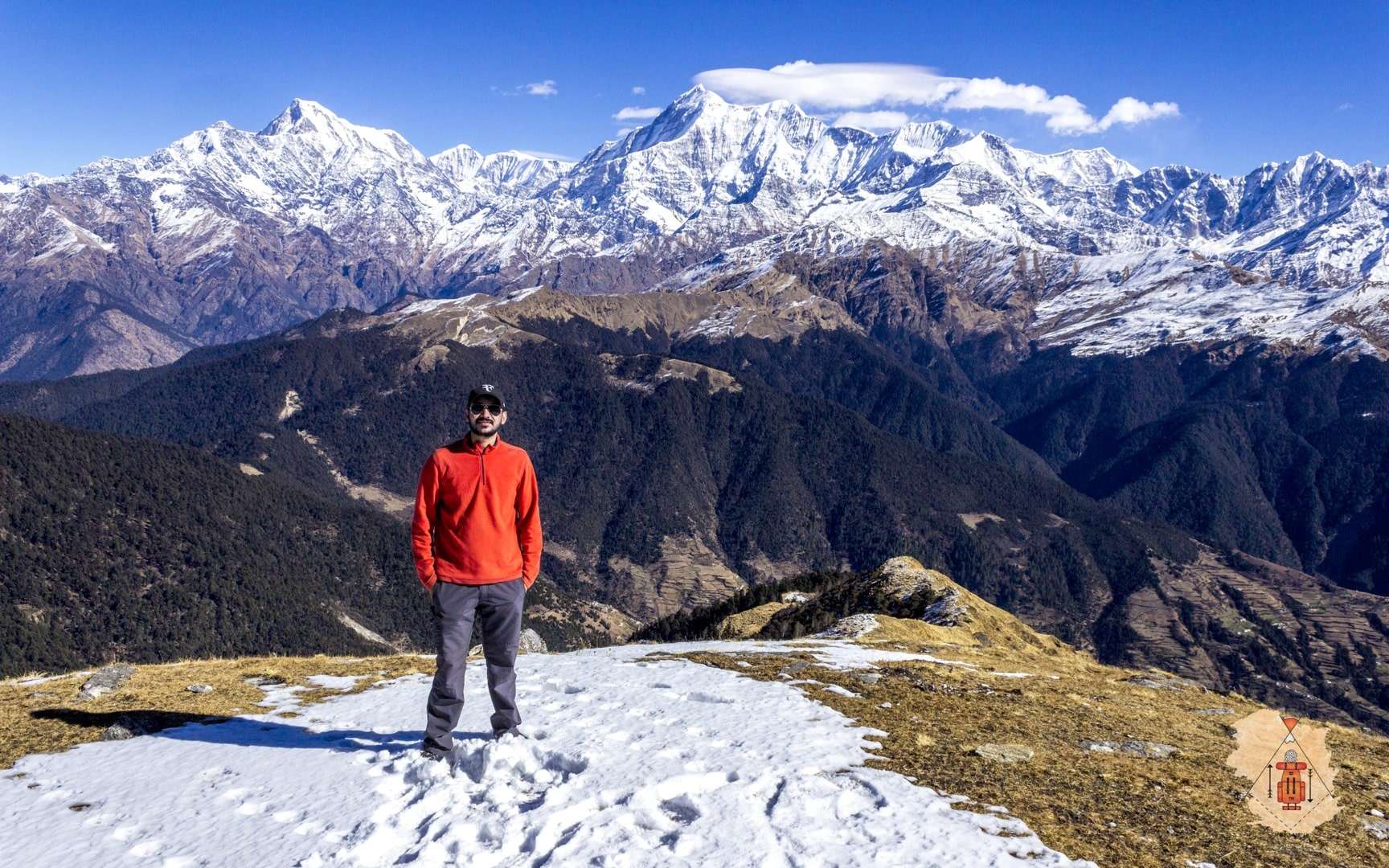
Oshank Soni : Co-Founder at Trekmunk. Has travelled to 28 Indian States, has led more than 50 high altitude treks in the Indian Himalayas. He is an Investment Banker by profession but a traveller by passion. He has led treks in Kashmir, Ladakh, Uttarakhand, Himachal Pradesh, West Bengal, Sikkim and Nepal. He is a NOLS certified First Aid Responder. Chasing the sun is his full-time job, a Storyteller, Travel photographer and Videographer at Insane Traveller Productions.